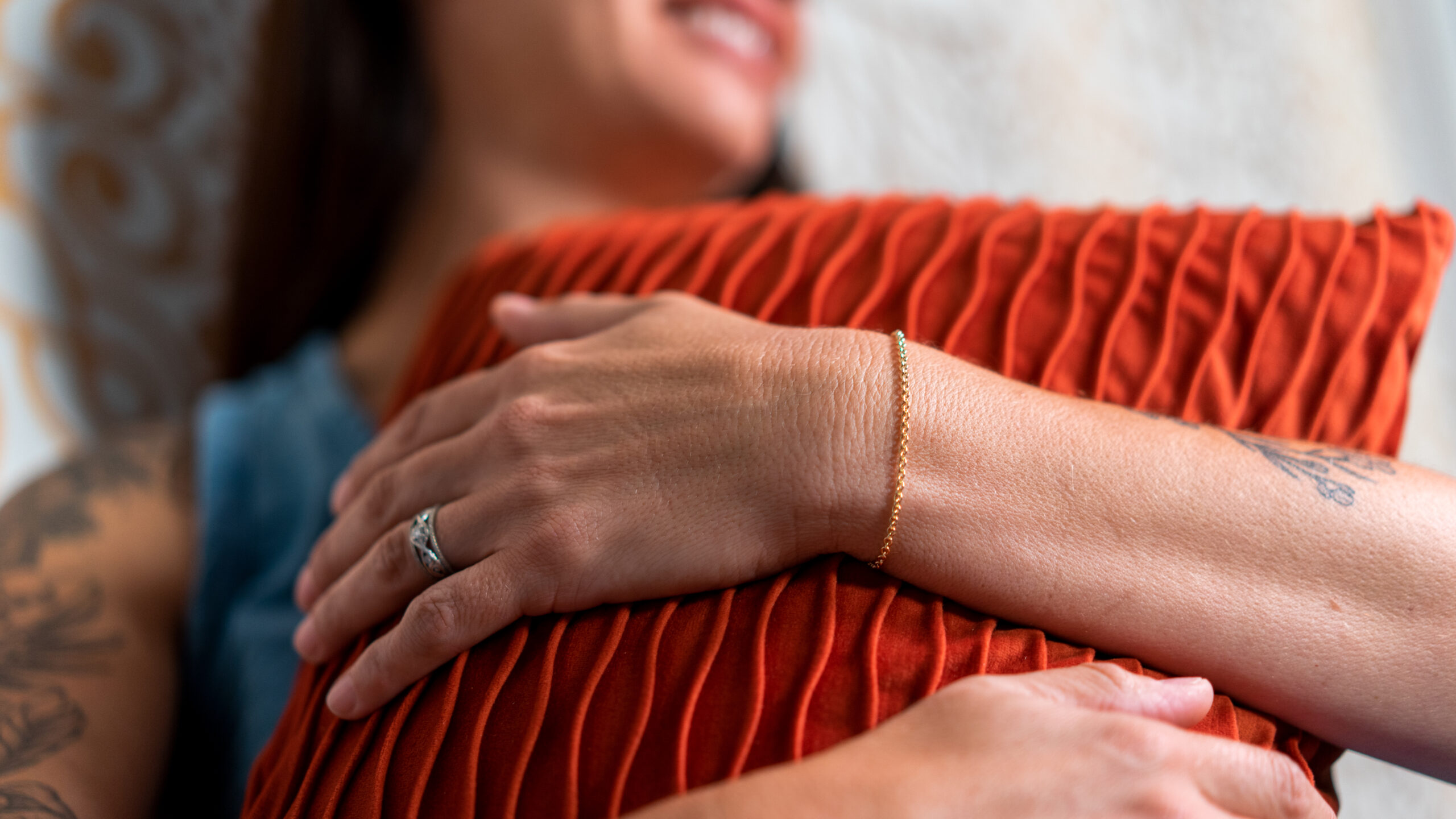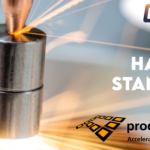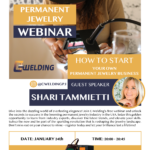Achieving Perfection: A Guide to Permanent Jewelry Welding with our welding equipment
Permanent jewelry welding is a delicate art that requires precision and the right tools. Among the leading equipment for achieving flawless results, Sunstone permanent jewelry welders stand out for their efficiency and reliability. In this guide, we will explore the key steps and tips to ensure optimal results when using our permanent jewelry welding equipment.
1. Selecting the Right Sunstone Welder:
The first step to achieving permanent jewelry welding success is choosing the right jewelry welder for your specific needs. Consider factors such as wattage, pulse control, and weld spot size to match the intricacies of your jewelry projects. We offer a range of models designed for various jewelry applications, so make sure to select one that aligns with the scale and complexity of your work.
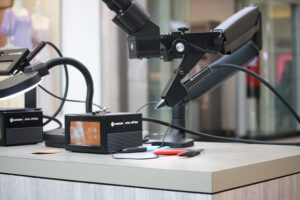
Our permanent jewelry welders fits perfectly on desk tops
2. Preparing the Jewelry:
Before diving into the welding process, meticulous preparation of the jewelry is crucial. Clean the surfaces to be welded thoroughly to remove any contaminants that might interfere with the welding process. Additionally, ensure that the pieces to be welded are properly aligned for a seamless bond.
3. Optimizing Welding Parameters:
Our jewelry welders provide adjustable parameters, including power, pulse duration, and frequency. Experiment with these settings on sample pieces to find the optimal combination for your specific materials and design. Fine-tuning the parameters ensures that you achieve the right balance between strength and aesthetics in the welded joint.
4. Using Proper Fixturing:
To maintain precise alignment during welding, utilize appropriate fixturing tools. These tools help secure the jewelry pieces in the correct position, preventing any movement that could compromise the accuracy of the weld. Proper fixturing is especially crucial for delicate or intricate designs.
5. Mastering Permanent Jewelry Welding Techniques:
Sunstone permanent jewelry welders allow for various welding techniques and for complex designs for chains, anklets and bracelets. Familiarize yourself with these techniques and practice on scrap materials before working on valuable jewelry pieces. This practice will help you refine your skills and achieve consistent, high-quality results.
6. Post-Welding Cleanup:
After completing the permanent jewelry welding process, it’s essential to address any residual discoloration or oxidation on the jewelry. Use appropriate cleaning methods, such as pickling or ultrasonic cleaning, to restore the original luster of the metal. This final step adds the finishing touch to your permanent jewelry welding project.
7. Ensuring Safety:
Always prioritize safety when working with our permanent jewelry welders. Use appropriate protective gear, including gloves and eye protection, to shield yourself from potential hazards. Familiarize yourself with the specific safety guidelines provided by Sunstone to ensure a secure working environment.
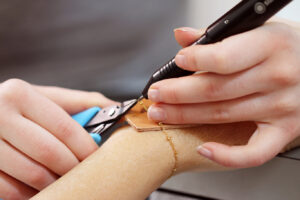
Prioritise safety when working with customers
8. Conclusion:
Achieving permanent jewelry welding perfection with our permanent jewelry welders requires a combination of the right equipment, meticulous preparation, and skilled technique. By selecting the appropriate Sunstone welder, optimizing welding parameters, utilizing proper fixturing, mastering various welding techniques, and ensuring post-welding cleanup, you can consistently produce stunning and durable jewelry pieces. Remember to prioritize safety throughout the process for a successful and satisfying jewelry welding experience.
9. Discover our permanent jewelry product line up:
Are you looking for a permanent jewelry welder to boost your business? Check our complete permanent jewelry line up here!

